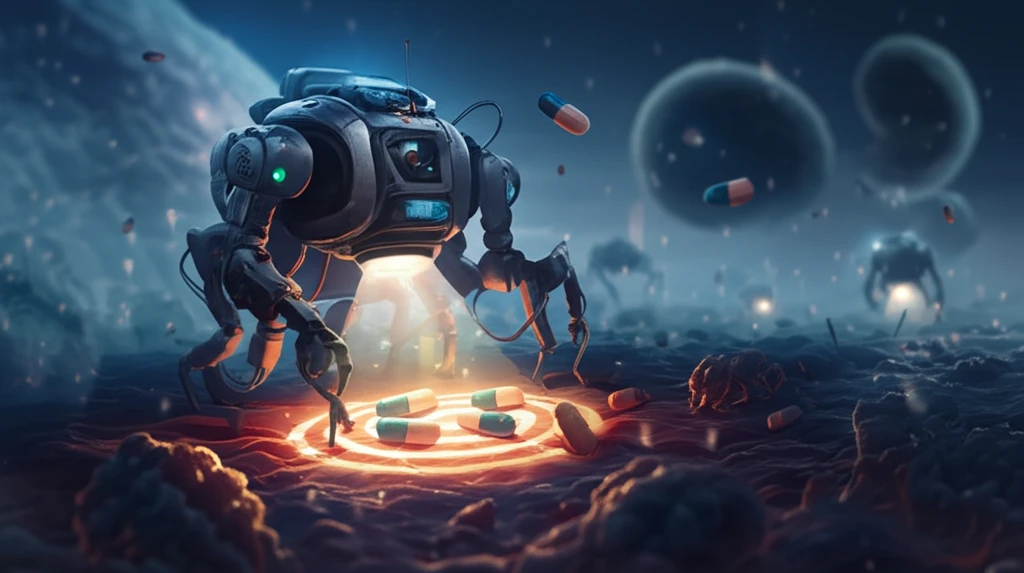
Unlock Targeted Drug Delivery: How Surfactant-Free Particles Are Revolutionizing Medicine
"The future of precision medicine is here! Explore how innovative, surfactant-free colloidal particles are paving the way for targeted drug delivery and revolutionizing biomedical applications."
In the ever-evolving landscape of biomedical research, the quest for targeted drug delivery systems has reached a pivotal moment. Traditional methods often rely on particles stabilized by surfactants, which can unfortunately disrupt cell membranes and compromise the accuracy of treatments. But what if we could create particles that are both highly specific in their targeting and stable in physiological conditions, without the drawbacks of surfactants?
Imagine colloidal particles engineered to seek out specific molecules, delivering drugs directly to the affected cells while leaving healthy tissue untouched. This isn't just a futuristic concept; it's the focus of cutting-edge research exploring surfactant-free colloidal particles with specific binding affinities. These innovative particles hold the promise of revolutionizing various biomedical applications, from biosensing and targeted therapies to advanced self-assembly techniques.
This article delves into the exciting world of these surfactant-free particles, examining their design, functionality, and potential impact on medicine. We'll explore how they're created, how their binding affinities are controlled, and how they interact with biological systems. Join us as we uncover the science behind this groundbreaking technology and its potential to transform healthcare.
The Science Behind Surfactant-Free Colloidal Particles: How Do They Work?

The key to these innovative particles lies in a meticulously designed two-step method that combines high binding affinity with exceptional stability. This process involves:
- Immobilizing Proteins: First, polystyrene microparticles are coated with proteins that specifically bind to the desired target molecules. NeutrAvidin, known for its high affinity to biotin, is frequently used, but the method is adaptable to other proteins like Concanavalin A, which binds to specific sugars.
- Activating Particles: The process begins by activating charge-stabilized polystyrene microparticles using EDC/Sulfo-NHS. This activation prepares the particle surface for protein attachment.
- Covalent Attachment of mPEG: Subsequently, a dense layer of poly(ethylene) glycol is covalently attached. This polymer layer is crucial for providing colloidal stability in physiological conditions and preventing the particles from sticking to other surfaces.
The Future of Medicine: Targeted Therapies and Beyond
The development of surfactant-free colloidal particles with specific binding affinity represents a significant leap forward in targeted drug delivery. By overcoming the limitations of traditional methods, these innovative particles offer unprecedented control, stability, and specificity, paving the way for a new era of precision medicine. As research continues and these particles are further refined, we can anticipate groundbreaking advancements in how we diagnose, treat, and prevent diseases. The future of medicine is here, and it's looking incredibly precise.
